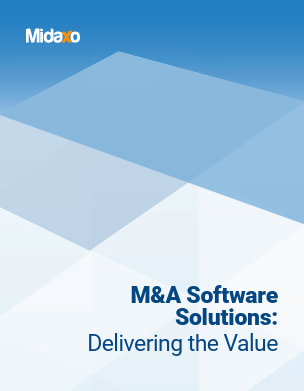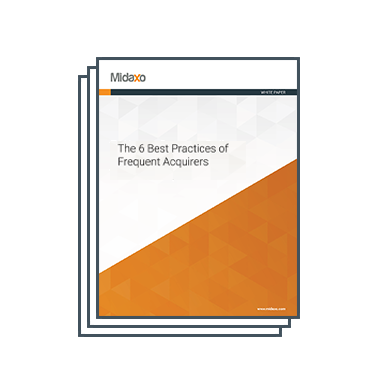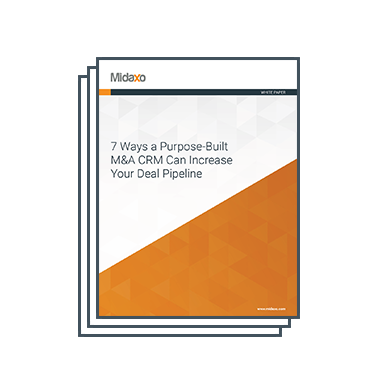In the fast-paced world of mergers and acquisitions (M&A), success doesn’t happen by accident. This is especially true for small teams, from single-person operations to groups with just a handful of Corporate Development professionals. Over the past few years, we’ve worked with many highly successful, small but mighty M&A teams. We asked these experts to share the tips, tricks, and best practices that enable them to work efficiently—and to often exceed expectations. Here’s what they said:
Secure visible CEO alignment and buy-in.
Start with a CEO-approved M&A strategy document that aligns directly with your company’s broader business goals. This ensures your team focuses on the “right” targets to deliver the “right” synergies, while also simplifying the process of gaining CEO and Board of Director approval for deals.
Clear, visible CEO support is essential for engaging key business functions and securing the time and resources needed to succeed. Small teams often rely partially on other business units to tap into networks for sourcing off-market targets. Additionally, functional groups like finance, legal, IT, and HR play critical roles in deal evaluation, due diligence, and post-merger integration. With explicit CEO backing, your M&A team is better positioned to request assistance without it being perceived as a distraction by these groups.
Actively engage key vertical functions, especially finance, legal, IT and HR.
Even with CEO support, outside functional teams may hesitate to commit their resources to M&A projects. To overcome this, plan carefully and demonstrate how your team will use people’s time effectively.
Here are three strategies to streamline collaboration with functional teams:
- Develop a playbook. Create a detailed guide that outlines the specific tasks expected of each functional group (e.g., data to collect, questions to answer, reports to submit) and provides time estimates for completing this work.
- Simplify processes. Make it easy for functional teams to complete their tasks by integrating their familiar tools into an M&A-specific platform. Reducing logistical hurdles fosters smoother collaboration.
- Solicit feedback. Proactively gather input from functional teams on how to simplify and shorten their involvement in the process. Use this feedback to continuously improve workflows.
Look beyond the numbers and prioritize cultural fit.
For small M&A teams, time is the most valuable commodity. While financial performance is a key factor in evaluating potential acquisitions, you should place equal emphasis on cultural fit. Poor cultural alignment often leads to long-term challenges, so assessing cultural compatibility early on is critical.
Clues about cultural fit can emerge during initial conversations, even before due diligence begins. For example:
- Does the target company’s leadership engage their senior team from the start or delay their involvement until later?
- Are senior leaders genuinely committed to the post-merger vision, or do they appear disengaged?
- What do industry insiders say about the target company’s culture?
Figure out how to identify potential cultural mismatches early and don’t be afraid to walk away from deals that are a poor fit—no matter how good the numbers look.
Leverage technology to stay on track.
M&A is a dynamic, evolving process, and the right tools can significantly amplify your efficiency. Many small teams rely on standard organizational tools like spreadsheets, email, and generic CRMs—all of which are useful, but none of which are designed specifically for the unique demands of M&A.
A purpose-built M&A platform can address these challenges. Platforms like Midaxo streamline target sourcing, deal evaluation, due diligence, and post-merger integration. The centralized, all-in-one architecture boosts productivity, simplifies reporting, and fosters seamless collaboration. You can also integrate Midaxo with tools already in use across your organization and leverage the mobile app, allowing you to manage deal pipelines from anywhere.
___________________________________
Small M&A teams have proven they can deliver outsized results by employing these four best practices. Want to learn how your team can do the same? Contact us for a quick conversation.





